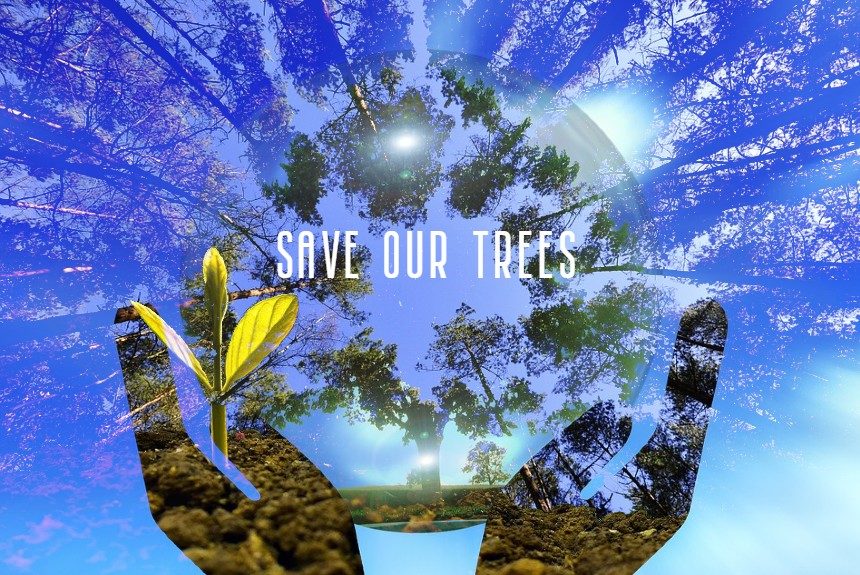Climate change can have severe consequences for trees and forests. A shift in forestry practice that considers climate change is needed to ensure that trees and forests can survive the future climate.
According to an article in the American Geophysical Union EOS, trees that have not adapted to their climate because of rising temperatures are susceptible to pests and diseases. And if trees fail to grow and die, they can have cascading effects such as forest fires, increase the risk of floods, and floods can pollute surface waters and clog drains.
Scientists are applying a forestry practice called assisted population migration, which moves the seeds to colder climates within a species’ natural range. Assisted population migration is a form of climate adaptation that bolsters forest growth and sustainability.
Seeds of the future
The study examines where British Columbia will have seed stock problems and finds these seed stocks. It used the Representative Concentration Pathway 4.5 to establish the climate condition of British Columbia ecosystems in 2055 and the planting date of 2040.
According to the study, 44 out of 207 or 20% of seed zones or areas within which plant materials can be transferred with little risk of maladaptation in their new location “were at high or moderate risk of losing adapted domestic seed supply by 2040, suggesting that these zones may soon lack domestic seeds worth planting.”
The researchers mapped out areas of the Pacific Northwest and British Columbia where the growing conditions in 1945 matched the 2055 climate. They found a 20,000 square km area in the United States that could substitute most of British Columbia’s at-risk seed zones.
Aside from searching for climates conducive to future tree and forest growth, phenology, or the “physiological clock that assesses climate patterns to guide growth,” is also an important factor to consider when applying assisted migration.
However, because extreme climate changes will occur in 50-100 years, seeds adapted for the future should be made with careful planning and first ensuring that they can survive the present conditions.
According to the article, assisted population migration is already practiced in some areas. British Columbia, where they plant around 300 million trees annually and export lumber to the U.S., has switched from local seed selection to climate-based selection. The U.S. Forest Service also introduced the Seedlot Selection Tool in 2009 to guide planting decisions.
A cultural shift needs to happen to ensure the survival of forests and trees in a future climate.
Climate change doesn’t have borders, and countries should be open to assisting the migration of tree species from one jurisdiction to another.
To read the entire article, click the link below.
Source Citation:
Besl, J. (2021 June 8). Planning and Planting Future Forests with Climate Change in Mind. EOS. Retrieved from https://eos.org/articles/planning-and-planting-future-forests-with-climate-change-in-mind



Leave a Reply